LG OLED48CX


The LG 48 CX (OLED48CX) is the smallest LG OLED TV ever. In fact, it’s the smallest OLED TV since Sony debuted the not-exactly-mainstream 11-inch XEL-1 way back in 2008.
Knocking seven inches off LG’s previous smallest OLED opens the door to OLED technology being adopted by a whole new audience of spatially challenged AV fans and serious video gamers.
Related: Best TV
LG 48 CX OLED design — Excellent build quality for such a small TV
The OLED48CX doesn’t look quite as glamorous as its bigger siblings (including the 55-inch model). This is because the chunky section on its rear that holds its processing, panel drivers, speakers and connections takes up a larger proportion of its chassis than it does on the bigger sets. The metal-rich build quality is excellent for such a small TV, though.
Related: Best LG TV
The screen is joined by one of LG’s ‘Magic’ remote controls. Its black plastic finish isn’t anything special, but it’s comfortably shaped and its unusual ‘point and click’ and spinning menu wheel button options make it a more flexible and friendly handset than most. It’s good, too, to find dedicated buttons on the remote for Netflix and Amazon Prime Video.
LG OLED48CX features — Geared towards attracting gamers to OLED screens
The star attraction of the LG 48 CX is that it gives you the picture quality joys of OLED’s self-emissive pixel technology at a new, smaller screen size. Until recently, it could also boast that it was cheaper than the 55-inch OLED55CX. However, the bigger model has recently had its price reduced to just £1,399 at many online retailers.
The OLED48CX still manages to fit a full native 4K pixel count into its relatively small screen. Plus it supports high dynamic range in the standard HDR10, broadcast-friendly HLG and premium Dolby Vision formats. LG still won’t entertain support for the HDR10+ format which, like Dolby Vision, adds extra scene-by-scene image data to the HDR stream.
Another big selling point of the LG 48 CX is its connectivity. All four of its HDMIs support the latest 2.1 standard with data rates up to 40Gbps. Enough to cope with all the key 4K/120Hz and variable refresh rate features we’re expecting to see from the Xbox Series X and PS5 consoles. In fact, after a few teething problems, these features are already being exploited by Nvidia’s new RTX 3080 graphics cards.
The OLED48CX can support Nvidia’s G-Sync and AMD’s Freesync VRR systems (the latter of which the Xbox Series X will use) and the standard HDMI 2.1 VRR system.
Related: Best OLED TV
LG’s 2020 OLEDs are the only current TVs that offer such fulsome gaming support, with other sets either not having enough data bandwidth in their HDMIs, or else only providing one or two ‘full’ HDMI 2.1 ports.
Driving the OLED48CX’s new OLED panel is LG’s Alpha 9 Generation 3 processor. While this is more of an evolution over its 2019 predecessor than a revolution, it does bring a few picture processing improvements of note. Namely a new face enhancement tool, new AI-boosted upscaling of sub 4K sources, a new tool for smoothing the jagged edges of onscreen text, and a new Auto Genre selection tool that helps it optimise its pictures to different content types.
There are also audio benefits from the new processor – in particular improved virtual 5.1 upmixing that delivers a much wider sound, and improved vocal clarity.
The LG 48 CX boasts a couple of intriguing new picture preset options, too. Filmmaker Mode applies settings that the independent UHD Alliance thinks deliver pictures that look as close as possible to the way they were mastered by their creators. Dolby Vision IQ, meanwhile, combines the extra picture information Dolby Vision provides with analysis of light levels in your room, so that images retain the brightness and impact they had when created in dark mastering studios. Note that Dolby Vision IQ is activated on LG OLED TVs by selecting their Dolby Vision Cinema Home mode.
The only substantial disappointment with the OLED48CX’s features is its lack of most of the UK’s key terrestrial broadcaster catch up apps. For some reason LG and Freeview Play weren’t able to renew their customary deal this year, leaving LG having to try (with so far limited success) and get the likes of the BBC iPlayer, ITV Hub and All 4 on board individually.
LG LG 48 CX performance — Outstanding picture quality on this small-screen OLED
Happily LG’s latest outstanding OLED picture performance holds up pretty much unchanged on this new groundbreakingly small TV.
Black levels are still profoundly good. Deep, rich, neutral and more stable – in terms both of video noise and gamma shifts – than they’ve looked on any previous LG OLED generation. There’s more shadow detail in the darkest areas too than there was with last year’s OLED models. This makes films feel more consistent as they switch between bright and dark shots, and makes it easier to spot potential dangers lurking in dark video game corners.
The profound blacks provide a lovely foundation for colours to bounce off, resulting in pictures that look just as dynamic and intense as those of LG’s bigger OLEDs. Especially with HDR/wide colour content.
Related: LG CX OLED vs Sony A9 OLED – which 48-inch OLED should you buy?
In fact, the LG 48 CX delivers the same sort of brightness measurements – 750-800 nits – on a 10% white HDR window that the bigger screens do. This combination of deep blacks, punchy bright highlights and OLED’s ability to have each pixel deliver its own light leads to images of really gorgeous local contrast and lighting precision.
Colours are every bit as rich, vibrant, but also precise, balanced and consistent across the screen as those of the bigger CX models. Viewing angles are as typically excellent as you’d expect from OLED technology, and the OLED48CX also retains the improved motion reproduction LG has finally delivered for 2020.
In fact, the screen maintains all of the same individually small but cumulatively important enhancements across various picture areas that make the CX series models superior picture performers to their 2019 predecessors.
The only area of the OLED48CX’s picture performance that does suffer – marginally – from its relatively small size is its 4K sharpness. From typical living room viewing distances you don’t feel as much impact from its 4K pixel count as you do on LG’s bigger OLED screens.
This is only to be expected, really. It’s well established that higher screen resolutions deliver more impact on bigger screens, so the slightly reduced sharpness impact is a simple function of its screen size rather than related to any performance deficiencies.
Note that this issue largely disappears if you sit much closer to it than you would a regular TV – which is exactly what some video gamers will be doing. So gamers will still feel the benefit of the resolution – as well as all the other high frame rate, HDR and variable refresh rate features the LG 48 CX supports.
Related: Best 4K TV
As noted earlier, there were a few teething troubles with the OLED48CX’s compatibility with Nvidia’s new RTX 30 graphics cards. LG has set about fixing these impressively quickly, suggesting a strong commitment to keeping the goodwill of the new gaming fanbase the capabilities of the CX series has unlocked.
There is also still an issue with a slight gamma shift with all VRR systems active that slightly raises black levels. LG is working on a fix for this, too, but admits that this one will take longer to achieve.
As with any display that deploys organic technology, the LG 48 CX is potentially susceptible to screen burn. A problem where prolonged exposure to intense static image elements can lead over time to shadows of those elements remaining permanently on screen.
LG’s panel design seems to reduce the potential of this happening with every passing year, though, and the OLED48CX carries numerous features designed to combat the problem. But it’s something to bear in mind if you regularly put in marathon sessions on games with static onscreen elements. Maybe try to switch between different games rather than just playing the same one all the time.
Related: Best Dolby Atmos soundbar
The OLED48CX carries built-in Dolby Atmos decoding, delivered in this case by a 40W speaker system in a 2.2-channel configuration. Happily this is the same power and configuration that you get in the 55-inch model.
Naturally the 2.2-channel configuration means there are no ‘real’ up-firing, side-firing or rear speakers to distribute Dolby Atmos soundtracks around, meaning the set needs to rely on virtual speaker processing for height effects. Perhaps because of this, combined with LG having more intimate knowledge of the capabilities of its TV’s speakers than Dolby, I personally preferred the LG’s AI Sound setting to the default Dolby Atmos one. The results are more powerful and room filling. In fact, they’re seriously impressive for such a small TV.
There is a limit to how much the virtualisation processing can achieve. You need to think of the sound as a more of a flat wall than a truly three-dimensional soundscape. But at least that wall has height as well as width, and there’s plenty of well-placed detailing within it.
Heavy, persistent bass sounds can cause some crackle, distortion and drop outs from the 48CX’s two woofers. But this is true of the bigger CX models too, and while it’s distracting when it happens, it only does so with pretty extreme soundtracks.
Should you buy an LG OLED48CX?
The fact that, at the time of writing, you can actually buy the 55-inch OLED55CX for £90 less than the OLED48CX presents the smaller model with quite a problem. Some people maybe really can only fit a 48-inch TV into their room, and I’ve already talked about the smaller screen’s appeal to gamers. For most TV fans, though, the bigger, cheaper screen is surely going to look like the more sensible option.
The only direct 48-inch OLED alternative is Sony’s KD-48A9. We haven’t tested this yet, but we do know that it’s £300 dearer, and its HDMIs don’t carry the peerless gaming-friendly connectivity of the OLED48CX.
The post LG OLED48CX appeared first on Trusted Reviews.
Source Trusted Reviews ,Home Appliances Reviews

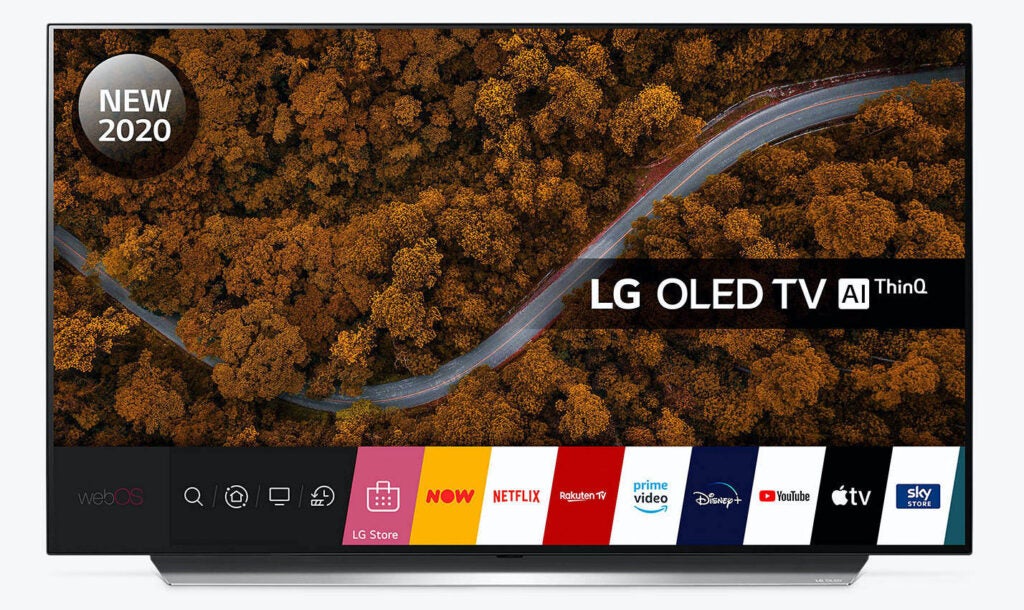
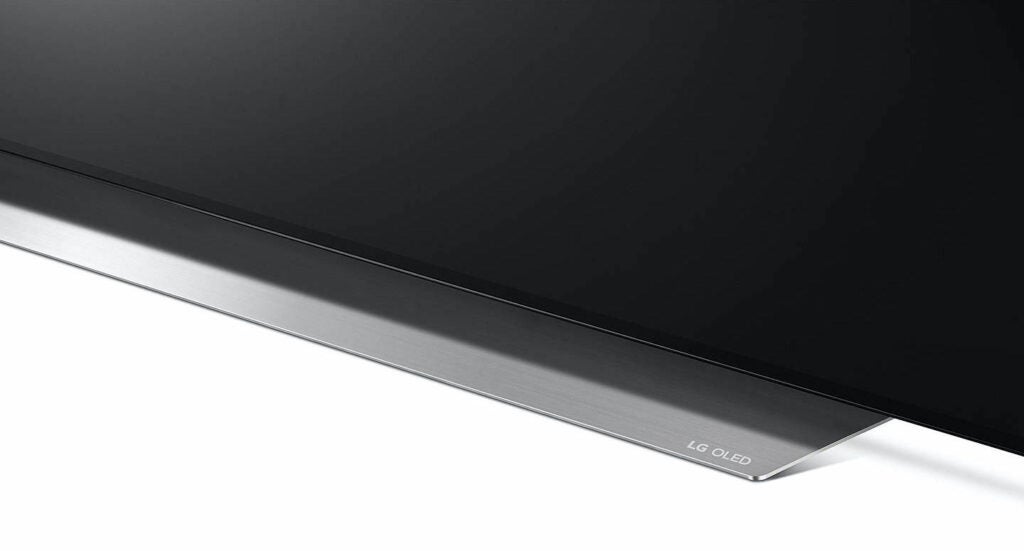
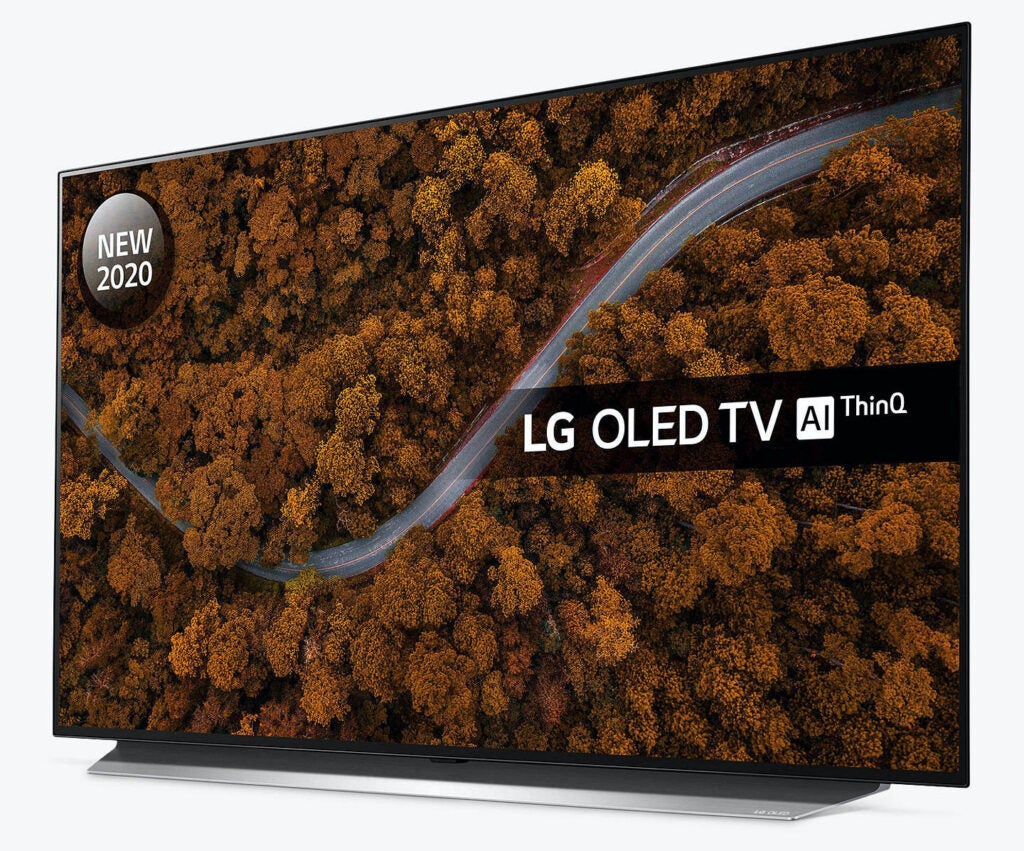
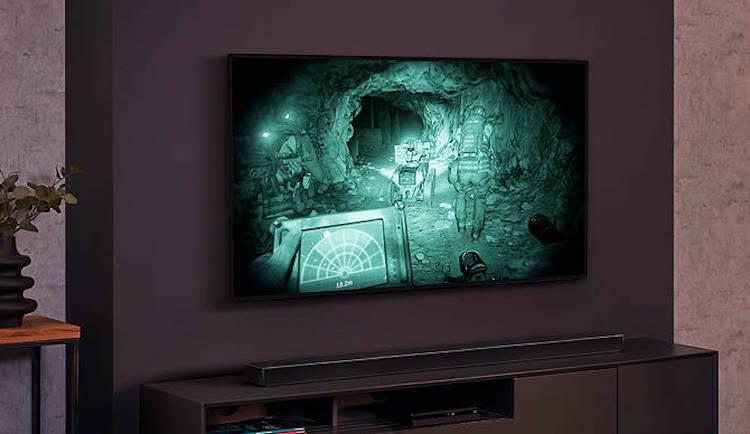
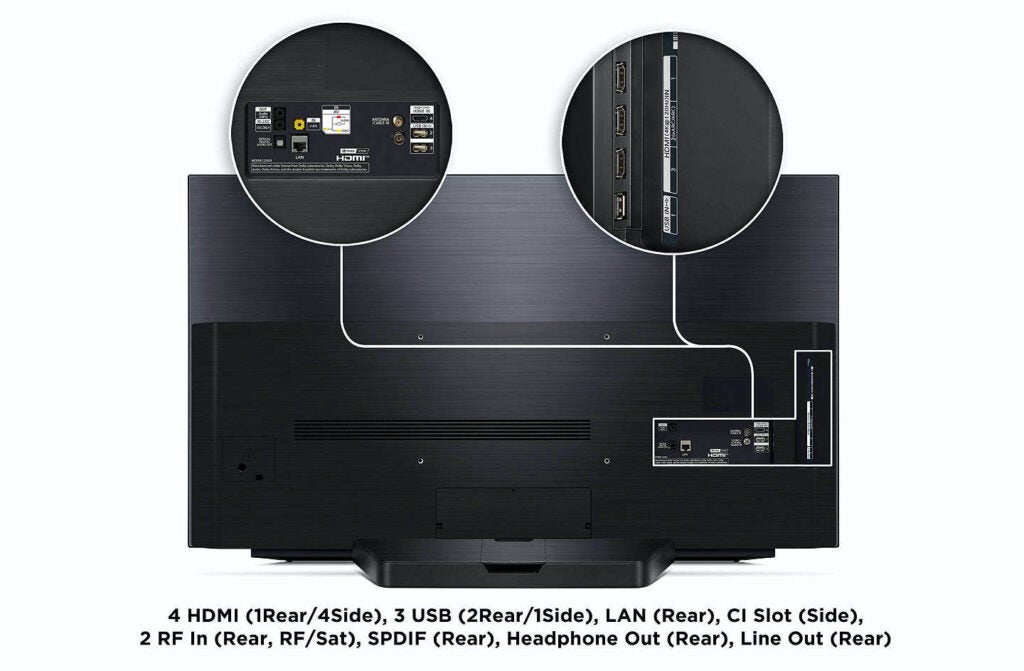
No comments